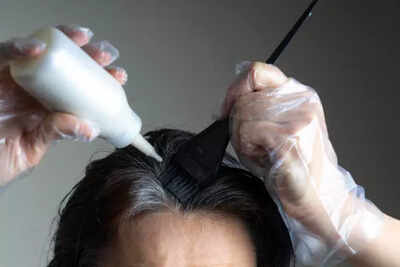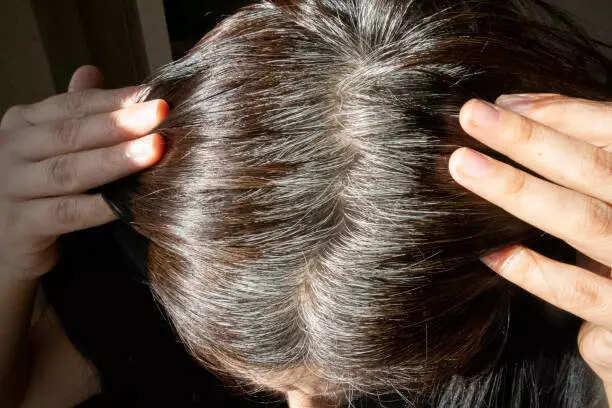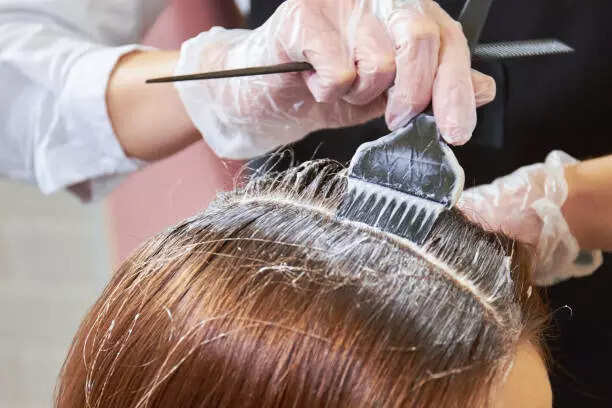ARTICLE AD BOX

Frequent hair colouring, while a quick beauty fix, poses risks like thinning, texture changes, and potential long-term health issues due to harsh chemicals. Ammonia-based colours disrupt the scalp's equilibrium, leading to hair loss and dryness. To minimize damage, opt for natural dyes, extend colouring intervals, and invest in deep conditioning treatments.
Hair colour is the ultimate quick fix for changing your appearance. Whether you are looking attempt a vibrant pink or trying to colour your mane to rich brown hues, that first post colour look feels like a beauty glow up.Hair colouring is a quick way to modify your appearance. But here's the not-so-glamorous truth: frequent hair dyeing isn't enjoyable and can cause dryness, breakage, hair loss, and even long-term health hazards. It can be harmful if done repeatedly or carelessly.Let's look at what actually happens when you colour your hair and figure out how to keep your mane in top condition.Increased hair thinning and loss Excessive usage of hair dyes can weaken the hair roots over time, causing thinning.
The harsh chemicals used in the dyeing process deplete the scalp of important nutrients and oils, resulting in a weaker hair structure. Using ammonia based colours can disturb the natural equilibrium of your scalp which in turn makes your hair more prone to shedding. Over time, this can bring about severe hair loss and decreased hair density.

Changed hair textureAnother side effect of frequent hair colouring is change in hair texture.
Hair that was once silky and controllable may become harsh, frizzy, and difficult to style. That’s not all, repeated use of harsh dyes can lead to permanent damage to the hair cuticle which in turn can leave your hair dry, dull and unmanageable.
Thinning hair? Doctor reveals how to stop hair loss in men and women
Risk of long-term health problems Several research have expressed worry about the possible relationship between frequent hair colour use and major health problems. Some hair colours include carcinogenic substances that have been linked to an increased risk of cancer, specifically bladder and breast cancer.
Furthermore, regular exposure to such harmful substances can lead to endocrinal disturbances causing hormonal balance and potentially resulting in long-term health complications.While the research is ongoing in this area, you should be aware of the potential long-term hazards of colouring your hair too often.

Dry and lifeless hair Colour-treated hair needs to handled more carefully to stay in good shape as frequent exposure to hair colours can cause severe dryness, making your hair appear dull and lifeless.
The natural moisture balance of the hair is interrupted, and without regular conditioning treatments, hair can become frizzy and lackluster.Minimizing risks While it is best to limit your hair colouring, here are some practical techniques to avoid damage.Use natural dyes free of ammonia: Reach out for herbal or or ammonia-free hair dyes to limit your chemical exposure. Henna and vegetable-based colours are gentler options.Do not colour too often: Try to maintain more periods between your colour applications.Pamper your hair: For maintaining your hair in proper condition do not shy away to invest in your haircare. Reach out for hair masks, deep-conditioning treatments, and leave-in conditioners to help keep your tresses hydrated, happy, and healthy. Perform a patch test: Before using any new hair dye, undertake a patch test to rule out allergic reactions. Protect your hair: To prevent further damage to colour-treated hair, avoid extensive sun exposure and heat style. Consult a professional. If you often dye your hair, consult with a professional hair stylist who can offer the safest materials and processes.Inputs by Dr. Sohan Bhattacharyya, Consultant Dermatologist at Kaya Limited



.png)
.png)
.png)
















 2 hours ago
4
2 hours ago
4









 English (US) ·
English (US) ·